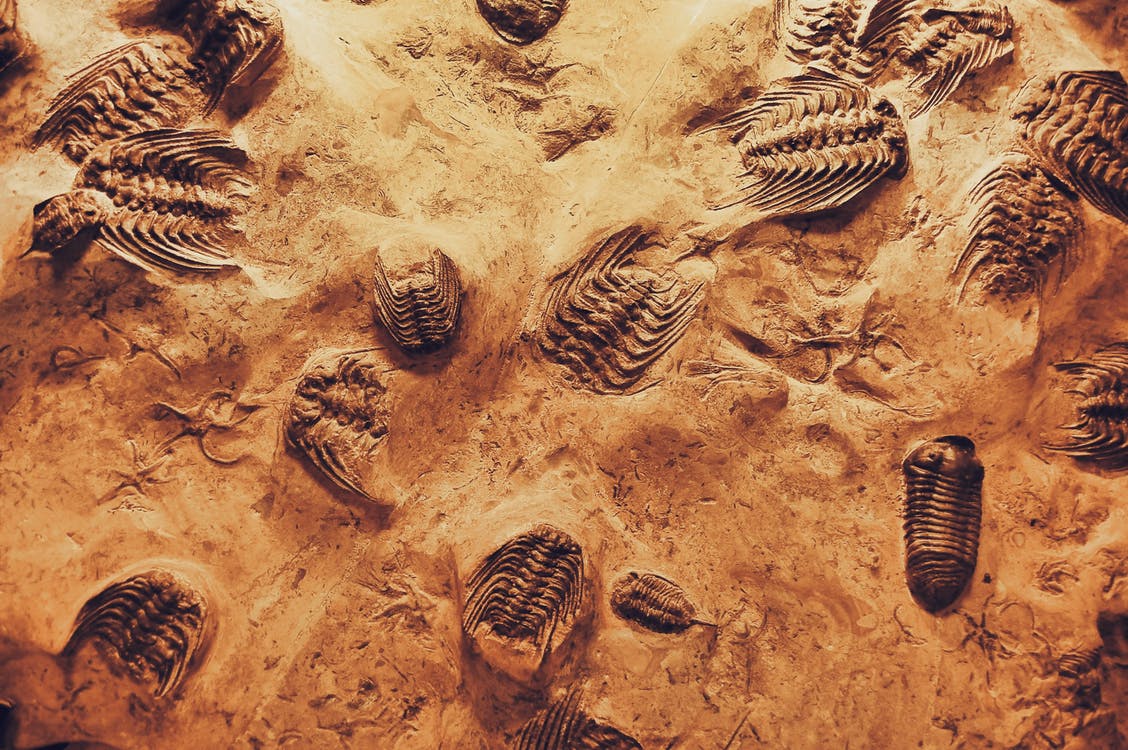If you want to truly understand fossils, as well as how they relate to rocks, then you need first need to know two things. The first is exactly what fossils are, and the second is the science that focuses on that relationship between fossils and rocks.
What is the Study of Fossils and The Remains of Organisms?
The science which studies the fossils and remains of organisms is the field of paleontology. Fossils are things where remains, impressions, or traces of plants and animals are preserved underneath the Earth’s crust.
What is a Fossil?
In the most basic sense, fossils are simply proof of the life forms that inhabited the Earth in the ancient ages, many long before humanity was around. In fact, more than 98 percent of all species that have ever lived on this planet are now extinct and gone.
These extinctions deprived us of any hope of ever seeing these wonderful creatures with our own eyes. Then again, their extinction might have also made our own existence possible. Many current plants and animals might have never had a chance to grow up and flourish if some particular monsters of the animal kingdom were still around.
Our planet contains and reveals particular pieces of information regarding its past, thanks to various kinds of rock underneath our feet. Studying these different types of rocks can show us what life was like in other time periods.
The Main Types of Rocks
While there are many kinds of rock, there are three in particular that make up the content of Earth’s crust. These three are the Igneous, Metamorphic, and Sedimentary layers.
Sedimentary
Sedimentary rock starts off from gravel, grit, mud, and sand. Collected in layers over time, it gets compressed, resulting in solid mass.
Igneus
Igneous rock happens from below, as molten material from down inside the planet comes upward, cools, and then solidifies.
Metamorphic
Metamorphic rock is actually a result of both Igneous and Sedimentary rock, if either are very compressed and get exposed to the extreme heat inside the Earth before cooling slowly.
It’s Sedimentary rock that proves the most crucial to scientists, experts, and enthusiasts, given how it’s the kind of rock more likely to have fossils. These fossils are critical to everyone from zoologists and botanists to geologists who glean essential information as they figure out the ages of previous plant and animal life.
All of these data get accumulated at a global level and transcribed into a series of geological charts divided up into Periods and Eras. For instance, the Jurassic period comes from the Mesozoic era. Fossils might be discovered in outcrops, and these are sometimes the result of human activity.
For example, we might dig up some of the Earth’s surface looking for minerals or particular rocks, as is the case with quarries. Such areas can prove beneficial to fossil hunters.
Vertebrates are one of the more wonderful finds among fossils, and of course, dinosaurs are members of this group. It’s unlikely that you’ll ever find a whole remain of such creatures, but if you’re lucky, you might find the occasional tooth or bone of a vertebrate like the specimens you find at fossil retails like Fossilicious or even local dig sites.
In conclusion, without fossils embedded within the crust of the Earth, I think we’d probably not know very much about the past lifeforms of this planet. We probably would have no idea what the dinosaurs looked like, which makes the mystery of fossils so fascinating.
